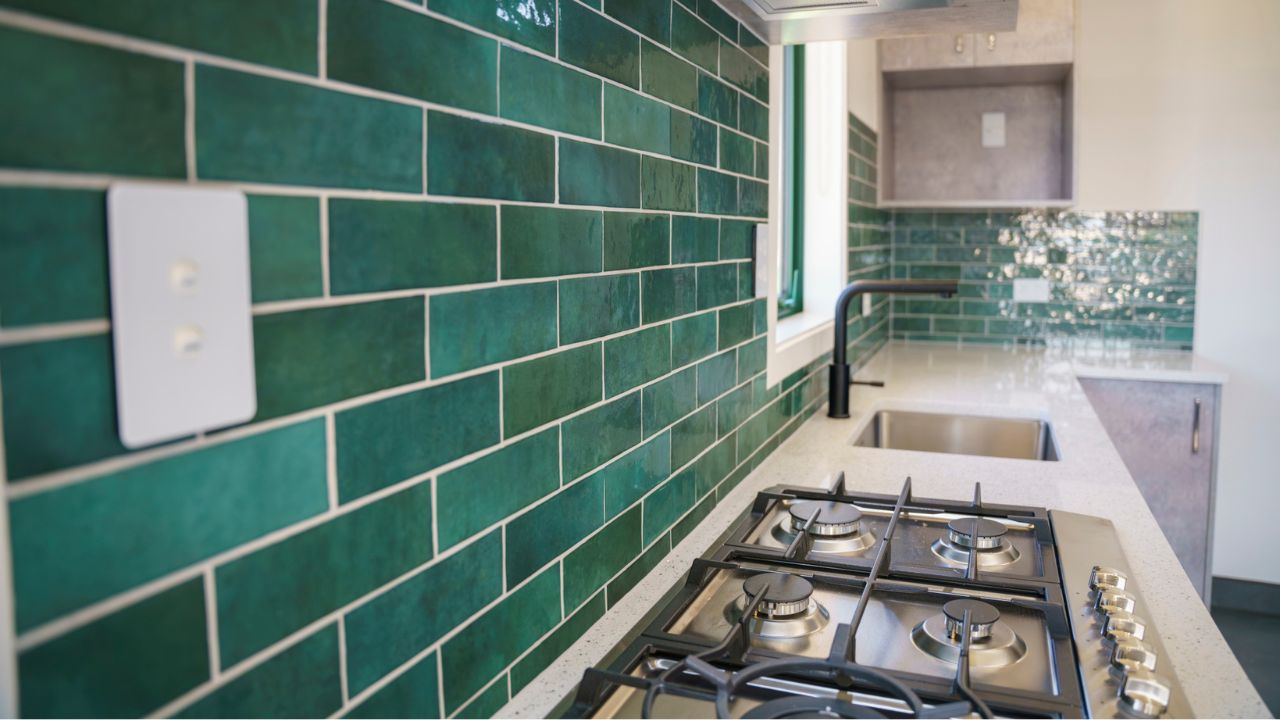Renovation trends come and go, but some lingering favourites, once mainstays in Kiwi homes, might finally be on their way out. Experts are warning that outdated design ideas not only limit the functionality of your space but can also reduce resale value. Let’s explore three renovation trends that are dying, why they’re falling out of favour, and what rising trends are taking their place. Plus, we wrap up with a forward-looking conclusion highlighting emerging styles you’ll want to embrace.
1. Open Shelving Everywhere
Why It Was Popular
For years, open shelving was the darling of kitchen and living room trends. It showcased curated dishware and books, creating a more airy and personalized feel. In an age of maximalism and Instagram-ready homes, it seemed perfect.
Why It’s Falling Out of Favour
But practicality often lagged behind aesthetic appeal. Dust accumulation, cluttered surfaces, and the inability to hide everyday messes meant open shelving gradually lost its shine. Additionally, potential buyers and homeowners are tiring of the need for constant styling discipline, maintaining an ‘Instagram-perfect’ shelf isn’t realistic for many Kiwi families.
Real-Life Example
Jane, a mum of three in Christchurch, installed open shelving during her renovation. Within a month, she found herself constantly wiping down plates and rearranging items for a polished look. Eventually, she covered the shelves with cabinet doors, citing “too much upkeep for the aesthetic.”
How to Avoid This Pitfall
If you still love the visual appeal, limit open shelving to a single section, say, above the coffee machine or next to the range hood. Pair it with closed cabinetry below for everyday storage, making it a feature rather than the default.
2. All-White Everything
Why It Was Popular
For decades, white has been synonymous with clean, fresh, and modern. White kitchens, bathrooms, and walls created bright, open spaces and acted as versatile backdrops for furniture or décor.
Why It’s Outdated
Today’s homeowners and designers are pivoting toward warmth, texture, and personality. All‑white rooms can feel sterile, impersonal, and cold, especially in New Zealand, where natural wood tones and soft neutrals better reflect our lifestyle and climate.
Real-Life Example
A couple in Wellington renovated their entire house in shades of white, walls, kitchen panels, benches, you name it. Despite its bright and minimalist look, they said guests often described the space as “soulless.” Within two years, they’d added timber flooring, matte black hardware, and a moss-green feature wall to restore warmth.
How to Avoid This Pitfall
Instead of going full white, consider tonal layering. Use off-whites, greys, and creams as a base, then inject character through coloured splashbacks, natural timber, or tiled accents. This creates dimension and avoids the hospitals-on-Pinterest impression.
3. Statement Everything
Why It Was Popular
Large-scale statement pieces, think oversized pendants, bold wallpaper, vibrant splashbacks, made for dramatic transformations and instantly shareable spaces.
Why It’s Overdone
But recent expert analysis, including commentary from NZ architects and real-estate agents, suggests the pendulum is swinging back. Homes stacked with multiple showstoppers can become visually overwhelming. Potential buyers are looking for balance and versatility, not exhibition spaces.
Real-Life Example
One Auckland renovation featured marble fireplaces, velvet feature walls, and golden tapware throughout. While initially stunning, the homeowners admitted later that they felt overstimulated, and even scratched their heads when it came time to sell. Their property struggled to find buyers, with many commenting “too bespoke” or “hard to live with.”
How to Avoid This Pitfall
Choose one statement feature per room, like a kitchen island pendulum light or a textured wallpaper behind the bed, and let the rest of the space support it. Keep the rest of your finishes and palette cohesive and subtle.
What’s Next? Emerging Trends to Embrace
So if open shelving, all-white spaces, and over-the-top statement once dominated renovations, what’s taking their place?
1. Curated, Flexible Storage
As a reaction to open shelving overload, built‑in cabinetry with a mix of concealed and curated display is rising. Think flush‑front cabinetry, matte finishes, and integrated handles. These allow display of favourite items while keeping clutter hidden and cleaning easier.
2. Warm Neutrals & Natural Materials
Expect to see beige, taupe, clay, and olive tones paired with natural timber, stone and textured fabrics. This trend embraces biophilic design, bringing outdoors in and lending homes a grounded, cosy atmosphere suited to New Zealand living.
3. Timeless Minimalism With Soft Touches
The pendulum is swinging toward refined minimalism, understated, functional, elegant. Clean lines and hidden storage meet curated pieces and tactile fabrics. Soft curves, rounded cabinet edges, and arches are more welcome than stark geometric extremes.
4. Smart-Savvy Interiors
Tech isn’t new, but sleeker integration is. Invisible speaker systems, hidden charging stations, app-controlled lighting and heating, and induction cooking with discreet aesthetics are the new standard. These upgrades boost comfort and add value without screaming gadgets.
5. Flexible, Multi-Use Spaces
Post‑COVID, homes are morphing to meet multiple needs. Rooms that blend kitchen, office, playroom, or guest space are in demand. Think sliding doors, Murphy beds, fold-down desks and convertible furniture that transforms with your lifestyle.
So, Are the Experts Right?
Absolutely. The design world, including here in Aotearoa, is shifting from aesthetics that scream “look at me!” to refinement that whispers, “welcome home.” Ditching trendy excess doesn’t mean bland, far from it. When well thought through, your renovated home will feel personal, sophisticated, and built to last.
The trends we’ve examined, open shelving, all-white schemes, and constant statements, aren’t inherently bad. But experts say homeowners are growing tired of their limitations. These looks, once aspirational, are fading in favour of design that offers functionality, warmth, longevity, and versatility.
To avoid being behind the curve, consider renovating in a way that accommodates your real life, not just what looks good in magazines. Go for hidden storage with curated highlights, warm and textured palettes, and multi-use spaces that adapt over time. Integration of smart tech and natural materials ensures your space stays future-ready.
